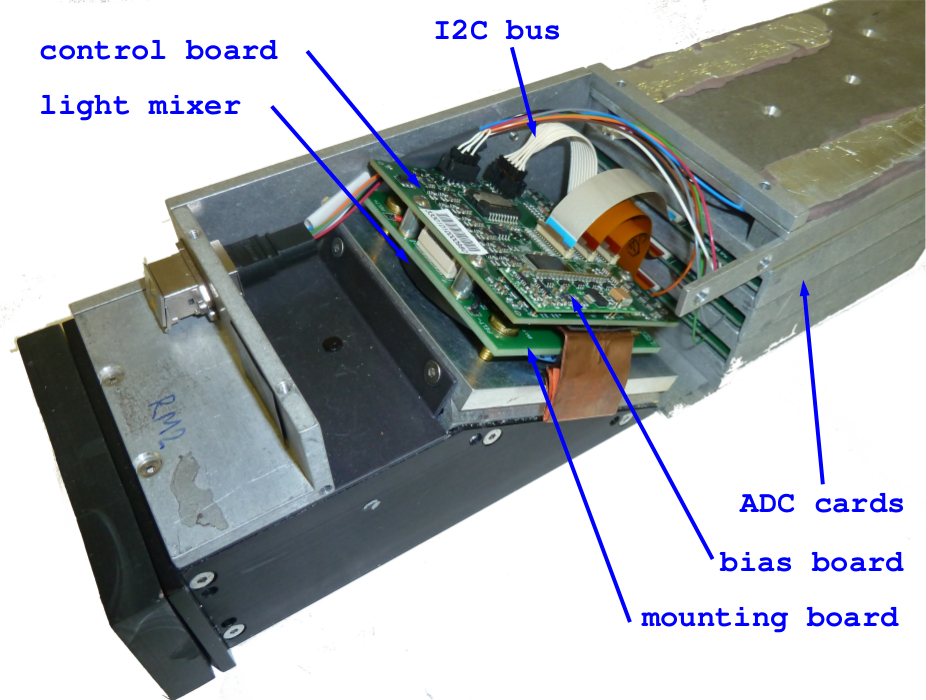
The central hadron calorimeter (HCAL) of CMS consists of the barrel (HB), the endcap (HE), and the outer (HO) regions. The HO consists of one or two scintillator layers and uses the metal of the magnet system as an absorber. So far, the HO has been using hybrid photodetectors (HPD) to detect the scintillation light produced when a hadron hits the HCAL. When the HO was initially proposed, this technology was the only viable solution for operation inside magnetic fields. Since then, a new type of photo-sensor has emerged: the Silicon Photomultiplier or SiPM. It offers a higher photon-detection efficiency and signal gain. Changing from HPD to SiPM will significantly improve the performance of the HO. The upgrade to SiPMs follows a minimally invasive approach in which the HPD and its circuit board will be replaced by a SiPM card-pack. The SiPM card-pack generates and regulates the SiPM bias locally, monitors the SiPM currents, and actively stabilises the SiPM temperature with a Peltier cooler. While this approach minimises the investment in new hardware and reduces the risk of failure by reusing established technologies, it also introduces some complexity in the upgrade logistics. First, the HO readout modules (RM) have to be extracted from the detector. This is followed by the replacement of the HPD and a one-week quality check of the full RM. Finally, the RM has to be re-installed on the detector. Although this procedure might seem straightforward, it involves a delicate stream of actions when one considers the compactness of the detector and the LS1 schedule. The most critical place is the centremost of the five barrel wheels where all services for the inner sub-detectors run. The HO readout boxes (RBX) are located behind the ECAL and muon systems services which have to be temporarily removed for the HO work. However, more than two years of planning together with the involved groups has been paying off and so far the HO work has been progressing smoothly. By now, most of the HPD readout modules are removed from the detector and have been refurbished. At the same time, the installation of SiPM readout modules is 58% complete. The remaining installation work is scheduled to take place in January and March 2014. With more than half of the HO equipped with SiPMs, the commissioning of the new readout has commenced and is now in full swing. All of the 1386 installed channels were tested and are functioning well. This outstanding result is the reward for an extensive burn-in campaign and thorough quality control from the production of the electronics to the installation on the detector. The new systems perform so well that a cosmic trigger using only the HO, something unthinkable with the old HPD system, could be established. This new possibility to collect muon data independent of global runs proves very valuable in the calibration of HO.
- Log in to post comments

